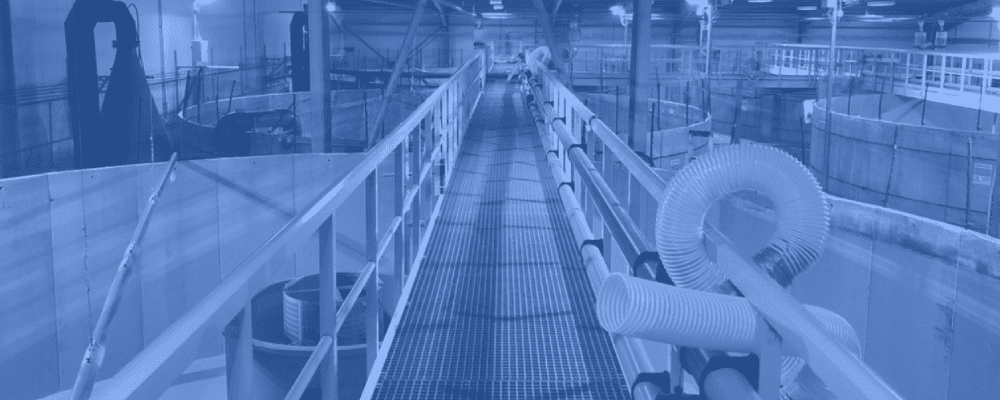Why BFT Changes Our Course
With global fisheries operating at 2 to 3 times the rate of what oceans can sustainably support, we are taking far more out of the ocean than can be restored by nature. Advancements in RAS (Recirculatory Aquaculture System) technologies over the last 30 years were designed to create industrial-sized solutions for local seafood production to offset this trend — and to large extent they've improved water quality and waste controls, but at what cost?
There is a broad track record of project failures internationally and, while the reasons for this are varied, the analysis must include economic viability and how these operating systems perform at commercial scale. Much of the existing RAS technology is based on early systems designed for freshwater, species which thrive in substandard water quality or research projects scaled up to commercial production without credible experience in industrial aquaculture.
A chasm has developed from overfishing and poor aquaculture planning has led to declines in seafood availability — and it's reaching a point where sustainable supplies are now under threat.
At King Prawn we've reliably filled these gaps. Our proven BIOFloc Technology (BFT) achieves breakthrough levels in water quality, waste management and resource use while simulating an optimised saltwater environment conduscive to safer, more secure operations. Each instance features a scalable and flexible design which enables rapid adaptation to output requirements, integration of emerging technologies and key advantages in feed conversion while reducing operational costs.

Taking the Plunge
Because high-density aquaculture requires specific processes in water and waste management, our innovations for the BFT system are designed to stop chemicals, microplastics, preservatives and heavy metals from entering each tank while feed deposits can be regenerated for optimised nutrient recycling. Our BFT application transforms expectations for larvae breeding efficiencies, survival rates at each stage of the growth cycle and average yield at harvest.
From inception to juvenile survival through every adult growing cycle, it's about time that we expected more from the seafood on our plate.
